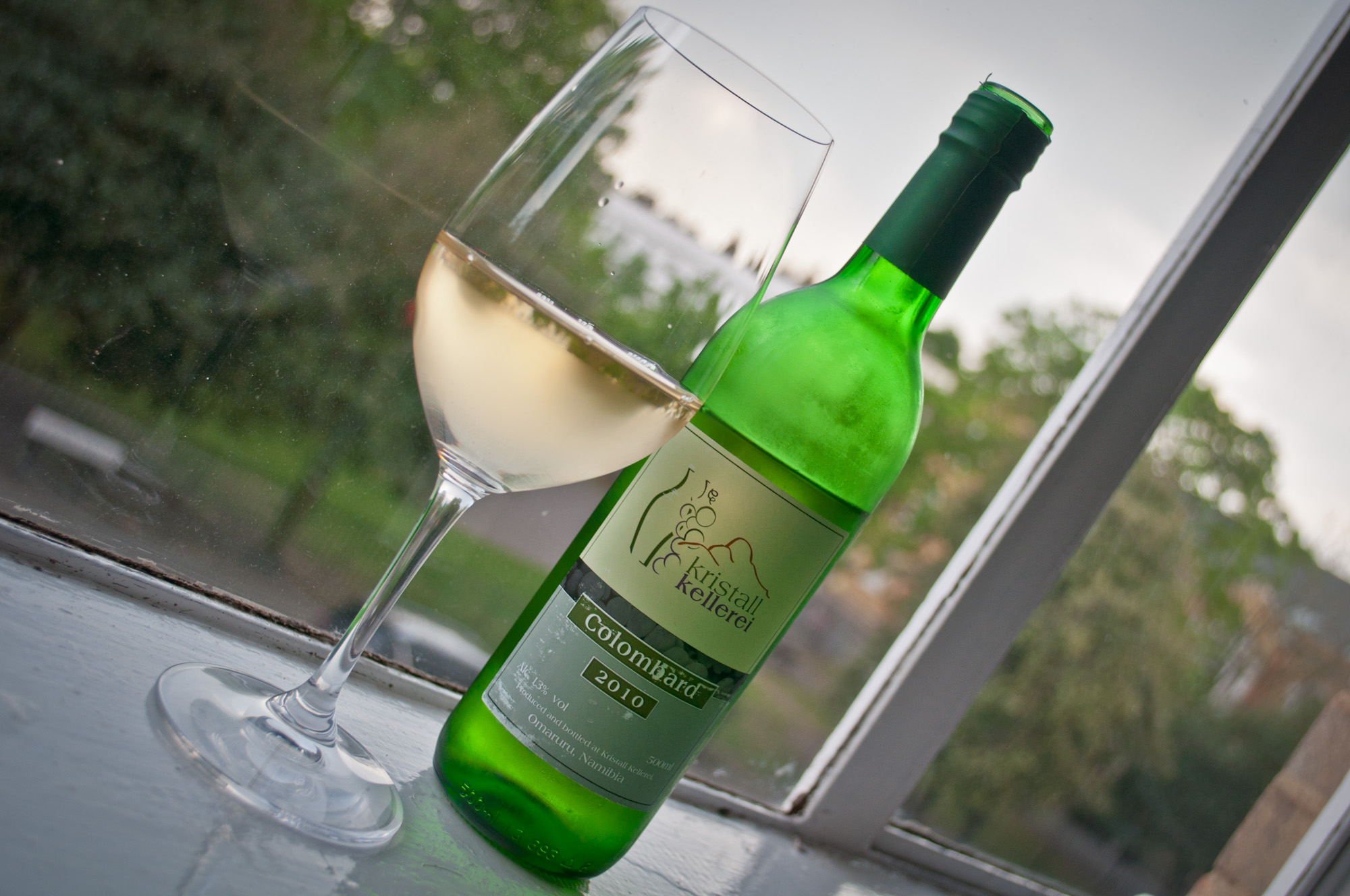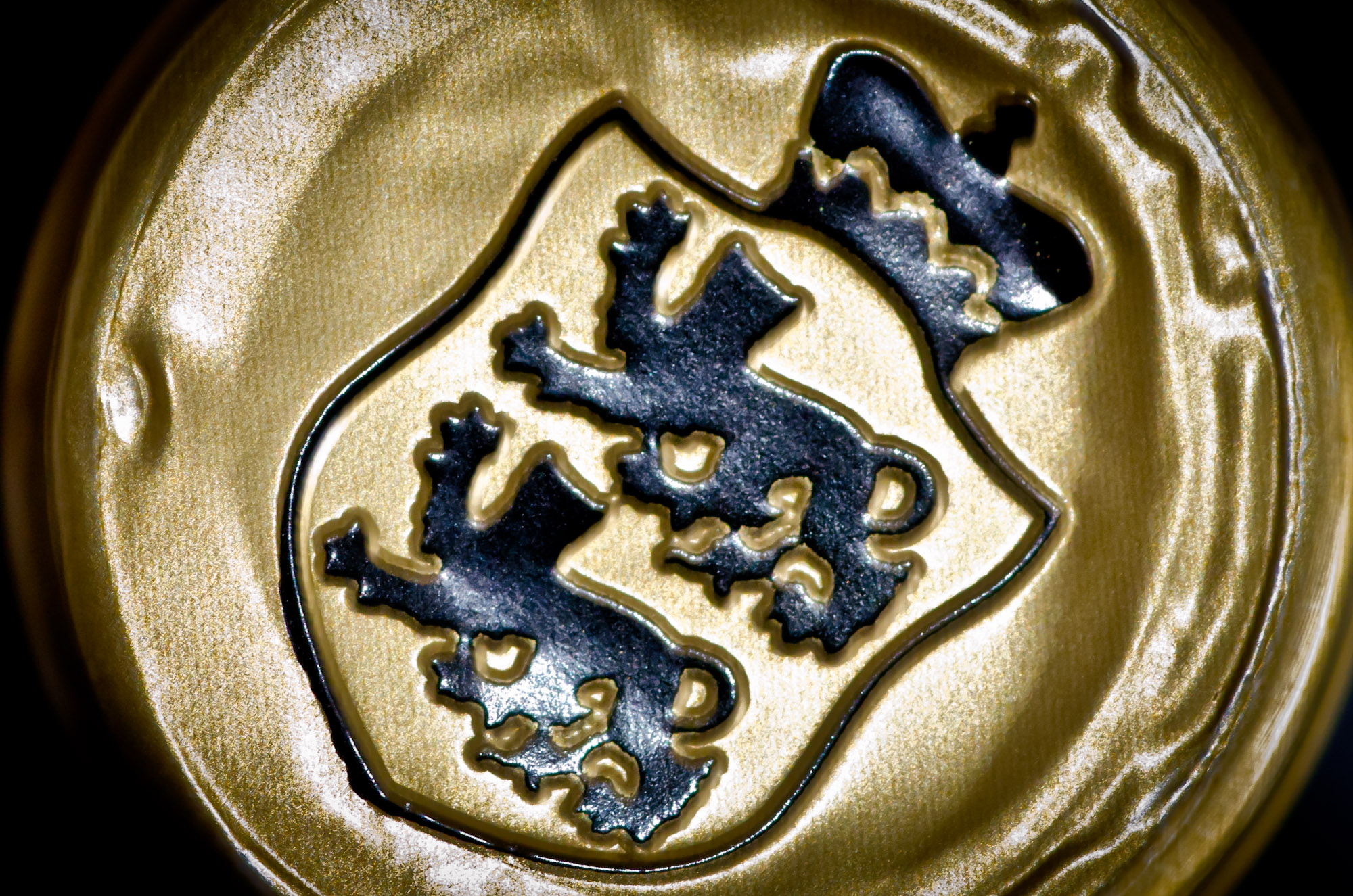Jakob Sebastian, Heimersheimer Berg, Spätburgunder Auslese trocken Alte Reben, 2006
In a large blind tasting that pitted a selection of German Pinot Noirs against a wide range of international contestants, seven out of ten of the top ten scored bottles were German. This was widely publicised - not least on the Wine Rambler's Twitter account, of course - and even made some small headlines in the German general press. To be honest, I think you're well advised to take tastings of this kind with a pinch of salt, as they tend to follow their own marketing rules and cycles, and are often designed to fit into a Judgement of Paris kind of narrative. You can't help noticing, in fairness, that no Grand Cru Burgundies of the battleship class were lined up.

But I was pleased nonetheless, of course, because it underscored the validity of the case we've been making since the beginning of this blog: German Pinot Noirs can be very, very serious and deeply satisfying reds. And we have another one of these for you right here:









